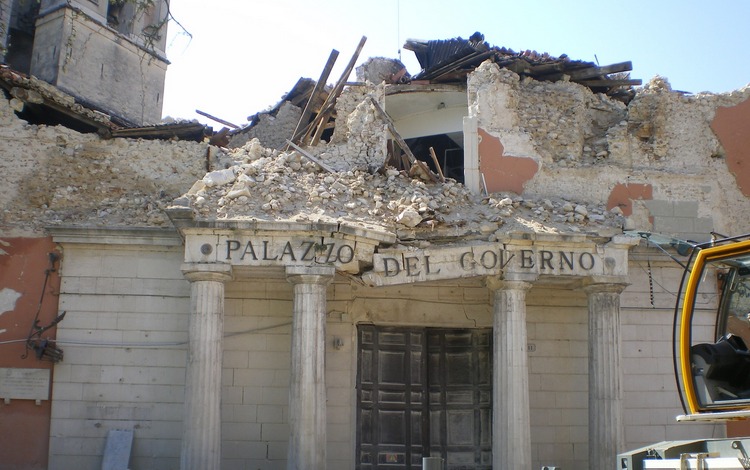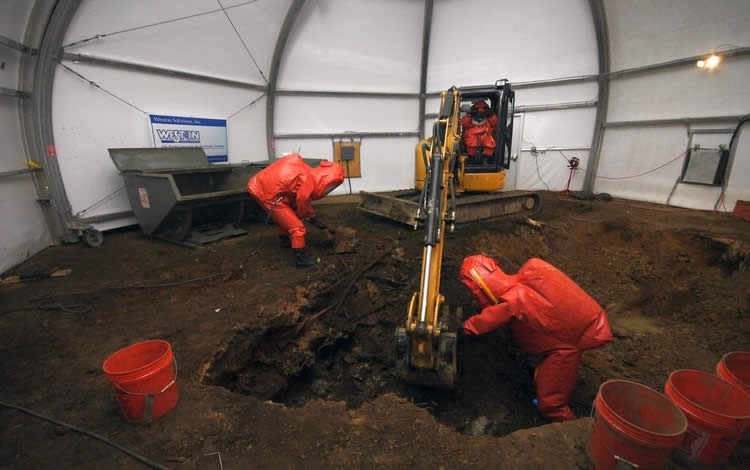La
Seismological Society of America ha reso liberamente disponibili
10 pubblicazioni sul terremoto dell'Aquila del 2009. I contributi sono liberamente disponibili
fino al 1° maggio 2023.
- Evidence of Low-Frequency Amplification in the City of L'Aquila, Central Italy, through a Multidisciplinary Approach Including Strong- and Weak-Motion Data, Ambient Noise, and Numerical Modeling, G. De Luca et al. (2005), https://doi.org/10.1785/0120030253
- Clues for a Relation between Rotational Effects Induced by the 2009 Mw 6.3 L'Aquila (Central Italy) Earthquake and Site and Source Effects, L. Cucci; A. Tertulliani (2011), https://doi.org/10.1785/0120100264
- Refined Rupture‐Velocity Estimation of the 2009 L'Aquila Earthquake (Mw 6.3, Central Italy) Derived from Apparent Source Time Functions, A. Orefice et al. (2013), https://doi.org/10.1785/0120120255
- Fast Determination of Moment Tensors and Rupture History: What Has Been Learned from the 6 April 2009 L'Aquila Earthquake Sequence, L. Scognamiglio et al. (2010), https://doi.org/10.1785/gssrl.81.6.892
Image caption: Government office damaged in L'Aquila after the 2009 earthquake sequence. | Credit: TheWiz83 at it.wikipedia, via Wikimedia Commons CC BY-SA 3.0 (http://creativecommons.org/licenses/by-sa/3.0/)



